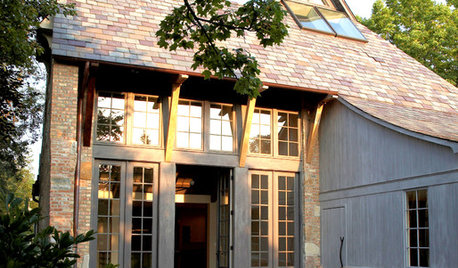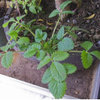How to get rid of Star of Bethlehem????
lilcj823
19 years ago
Featured Answer
Sort by:Oldest
Comments (34)
katkerri
19 years agolast modified: 9 years agolilcj823
19 years agolast modified: 9 years agoRelated Professionals
Ballenger Creek Landscape Architects & Landscape Designers · Middle River Landscape Architects & Landscape Designers · Oconomowoc Landscape Architects & Landscape Designers · Mount Wilson Landscape Architects & Landscape Designers · Cockeysville Landscape Contractors · Ellensburg Landscape Contractors · Fort Payne Landscape Contractors · Lebanon Landscape Contractors · Matteson Landscape Contractors · Milton Landscape Contractors · Post Falls Landscape Contractors · Sun City Center Landscape Contractors · The Villages Landscape Contractors · West Allis Landscape Contractors · Westchester Landscape Contractorsyoureit
19 years agolast modified: 9 years agoGaelicGardener
18 years agolast modified: 9 years agojimmyelou
17 years agolast modified: 9 years agoweezle1
17 years agolast modified: 9 years agolisanti07028
11 years agolast modified: 9 years agoKenWil1
9 years agolast modified: 9 years agoKenWil1
9 years agolast modified: 9 years agoIanW Zone 5 Ont. Can.
9 years agolast modified: 9 years agoKimmsr
9 years agolast modified: 9 years agolisanti07028
9 years agolast modified: 9 years agocarolynsknight9
8 years agohzhao65
8 years agocallirhoe123
8 years agojohn12345678_gw
8 years agohzhao65
8 years agojohn12345678_gw
8 years agohzhao65
8 years agoRedSun (Zone 6, NJ)
8 years agojohn12345678_gw
8 years agoRedSun (Zone 6, NJ)
8 years agosewwizard
6 years agoeri54
6 years agolast modified: 6 years agocallirhoe123
6 years agohzhao65
6 years agolast modified: 6 years agoeri54
6 years agoheather847
5 years agograywings123
3 years agoHU-952267242
3 years agograywings123
3 years agoheather847
3 years agoJ B
28 days ago
Related Stories


FALL AND THANKSGIVINGFall Decorating Ideas From a Designer to the Stars
You might think all-out glitz and over-the-top glamour make up Adam Hunter's fall decorations. You'd be wrong
Full Story
GREEN BUILDINGSalvaged Materials Triumph as All-Stars of Sustainability
When you save manufacturing energy and have a beautifully crafted home to boot, it's a win-win situation
Full Story
MOST POPULAR5 Ways to Pare Down Your Stuff — Before It Gets in the Door
Want to free up some room around the house? Rethink gift giving, give yourself a shopping mantra and just say, ‘No, thank you’ to freebies
Full Story
HOUSEKEEPING7-Day Plan: Get a Spotless, Beautifully Organized Garage
Stop fearing that dirty dumping ground and start using it as the streamlined garage you’ve been wanting
Full Story
REMODELING GUIDESGet What You Need From the House You Have
6 ways to rethink your house and get that extra living space you need now
Full Story
LANDSCAPE DESIGNGet Along With Less Lawn — Ideas to Save Water and Effort
Ditch the mower and lower your water bill while creating a feast for the eyes with diverse plantings and gathering places
Full Story
HOUSEKEEPINGThe Best Way to Get Your Windows Spotlessly Clean
Learn the pros’ tips and tricks for cleaning windows and getting them streak-free
Full Story
BEFORE AND AFTERSSmall Kitchen Gets a Fresher Look and Better Function
A Minnesota family’s kitchen goes from dark and cramped to bright and warm, with good flow and lots of storage
Full Story
INDUSTRIAL STYLEHouzz Tour: Toronto Loft Gets an Industrial Style Overhaul
Steel pipework shelves, reclaimed barn wood and other raw finishes transform a space into a sleek and modern home
Full Story






SOB_Killa